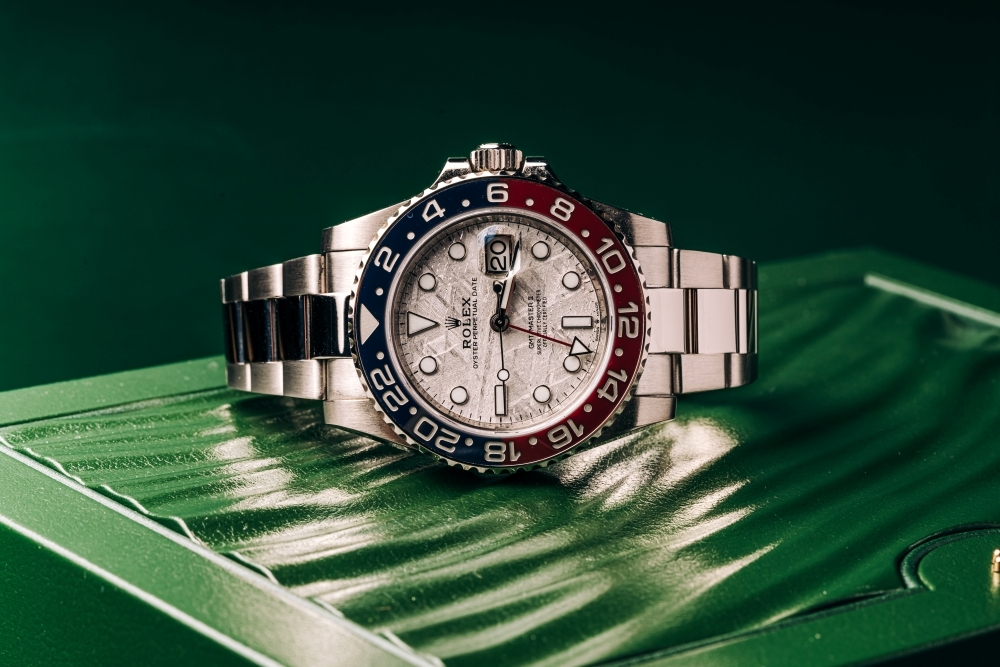Women’s Perfumes
Perfume has traditionally been an influential means of expression, inextricably linked to cultural trends, societal transformations, and individual identity. Women's scents have evolved over the ages to reflect changing roles in society, providing a unique perspective on history. From the opulent courts of ancient civilisations to the current age of perfumery, scents have been used as emblems of rank, power, and femininity in addition to personal adornment.

The Evolution of Perfume in Society
Perfume has a long history, dating back thousands of years to ancient Egypt, where it was used in religious rituals and as a means to connect with the divine. Cleopatra, noted for her legendary beauty, was supposed to be a frequent user of fragrant oils, which she used to increase her appeal and entice leaders like Julius Caesar and Mark Antony. The art of perfumery flourished throughout the Roman Empire, where scents were connected with wealth and prestige.
During the Middle Ages, knowledge of perfumery extended throughout Europe, with France becoming the centre of scent manufacture. The development of alcohol-based perfumes during the Renaissance period was a fundamental transition, allowing for more complex and long-lasting smells. By the 18th century, perfume had become a fixture in European courts, symbolising wealth.
The 20th Century
The 20th century saw a tremendous transformation in the world of women's scents, reflecting the shifting roles and aspirations of women.
Chanel N°5
The release of Chanel N°5 in 1921 was an important turning point in perfumery. This fragrance, designed by French perfumer Ernest Beaux for Coco Chanel, was revolutionary not just for its intricate blend of aldehydes, jasmine, and rose, but also for its departure from usual flower smells. Chanel N°5 became an icon, representing the contemporary, free woman of the 1920s who valued independence and sophistication.
Yves Saint Laurent's Opium
The post-World War II era saw a return to classic femininity, with scents like Yves Saint Laurent's Opium embodying exoticism and lavishness. Opium was introduced in 1977, and its deep, spicy notes of cloves, myrrh, and jasmine reflected the sensuality and mysticism that defined the fashion of the period. The controversial name and bold advertising campaign generated debate, but it eventually cemented Opium's place in perfume history as a symbol of audacious femininity.
The Late 20th and Early 21st Centuries
As the twentieth century proceeded, the world of women's scents became more diverse, with perfumers exploring new olfactory territories and challenging established gender conventions. The growth of niche perfumery in the 1990s and 2000s ushered in a new era of creativity, with labels such as Byredo and Maison Francis Kurkdjian launching artistic smells that defied the status quo.
Byredo's Mojave Ghost
Byredo's Mojave Ghost, which launched in 2014, illustrates the brand's dedication to developing unique, unisex perfumes. Inspired by the hardy ghost flower of the Mojave Desert, this scent combines delicate notes of ambrette, magnolia, and sandalwood to create a subtle yet intriguing aromatic experience.
Byredo's Blanche
Another notable scent is Byredo's Blanche, which combines purity and simplicity with clear notes of white rose, aldehydes, and musk.
Maison Francis Kurkdjian's Baccarat Rouge 540
Maison Francis Kurkdjian's Baccarat Rouge 540, released in 2015, quickly became a modern classic, known for its exquisite mix of jasmine, saffron, ambergris, and cedarwood. This fragrance is known for its remarkable longevity and projection, making it popular among those looking for a powerful yet refined aroma.
The Contemporary Landscape
Today, the landscape of women's scents is more complicated and inclusive than ever before. Perfume is no longer simply about smelling wonderful; it is an art form in which people may convey their personality, emotions, and even values. The popularity of fragrances such as Kilian's Good Girl Gone Bad and Love, Don't Be Shy points to a trend that is veering towards more subtle and varied scents.
Kilian's Good Girl Gone Bad
Kilian's Good Girl Gone Bad is a perfected fragrance that balances the innocence of osmanthus and orange blossom with the sensuality of tuberose and amber.
Love, Don't Be Shy
Love, Don't Be Shy is a combination of sweet orange blossom, vanilla, and marshmallow that invokes both nostalgia and desire, making it a versatile choice for individuals who prefer sweet fragrances with a twist.
Tom Ford's Black Orchid
Tom Ford's Black Orchid, which debuted in 2006, is another example of how contemporary perfumery values boldness and complexity. This fragrance, with its rich blend of black truffle, ylang-ylang, and dark chocolate, defies gender stereotypes, appealing to both men and women who value its deep, secretive nature.
The Future of Women’s Fragrances
As we look to the future, it is clear that women’s fragrances will continue to evolve, reflecting the changing dynamics of society. The trend towards gender-neutral scents, the use of sustainable and ethically sourced ingredients, and the integration of innovative technology in perfumery are all likely to shape the next generation of fragrances.
While classics like Chanel N°5 and Yves Saint Laurent Opium will undoubtedly remain timeless, the growing appreciation for niche and artisanal perfumes suggests that the future of women’s fragrances lies in the celebration of individuality and artistic expression. Perfume, in its essence, will continue to be a reflection of the times – a sensory mirror that captures the spirit of each era.
The history of women's scents has been influenced by cultural, social, and creative influences. From ancient Egyptian rituals to modern avant-garde innovations, scent has been and will continue to be a vital part of the human experience, a unique method to understand and express the nuances of femininity.



